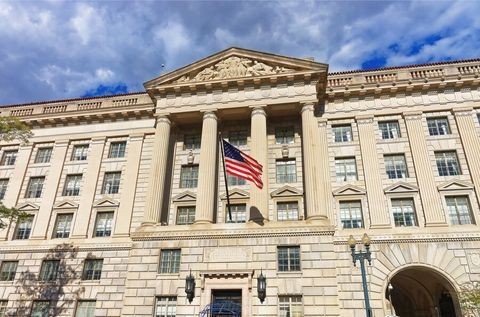FAR Council Pre-Publishes 2019 NDAA Section 889(a)(1)(B) Interim Rule Further Prohibiting Use of Huawei, ZTE, and Others’ Telecommunications Technology by Contractors
Client Alert | 1 min read | 07.14.20
On July 14, the FAR Council published an interim rule revising FAR 52.204-24 and FAR 52.204-25 to implement Section 889(a)(1)(B) of the 2019 National Defense Authorization Act (NDAA) prohibiting executive agencies from entering into, renewing, or extending contracts with contractors that use Huawei, ZTE, or other identified telecommunications equipment and services (“covered telecommunications equipment and services”) anywhere within the contracting entity as a substantial or essential component of any system or critical technology of any part of a system, regardless of whether there is a nexus with the contractor’s performance of government contracts. Among other significant differences from 889(a)(1)(A),which went into effect on August 13, 2019, the Section 889(a)(1)(B) prohibition is not a mandatory flowdown; does not include an exception for contractors’ use of backhaul and roaming features that include covered telecommunications equipment; and has more extensive waiver request requirements. Moreover, while the rule currently only applies to the offeror entity, the final rule may apply to all offeror domestic affiliates and subsidiaries. The new interim rule is effective August 13, 2020 unless a waiver is granted; however, contracting officers are expected to immediately begin including the new representation requirement (a revised version of FAR 52.204-24) in solicitations. Comments on the rule are due by September 14, 2020. Click here to read the full analysis.
Insights
Client Alert | 4 min read | 09.20.24
Department of Commerce Unveils New Tool to Inform Supply Chain Risk Mitigation
The U.S. Department of Commerce unveiled a groundbreaking analytic risk assessment tool to inform the U.S. government’s efforts in mitigating supply chain risks. Launched at the inaugural Supply Chain Summit hosted by the Department of Commerce and the Council on Foreign Relations on September 10, 2024, the SCALE Tool marks a significant milestone in the U.S. government’s broader commitment to strengthening the U.S. supply chain ecosystem.
Client Alert | 3 min read | 09.13.24
Client Alert | 12 min read | 09.13.24
Tri-Agencies Finalize NQTL Comparative Analysis Standards in Final Rule
Client Alert | 5 min read | 09.11.24






